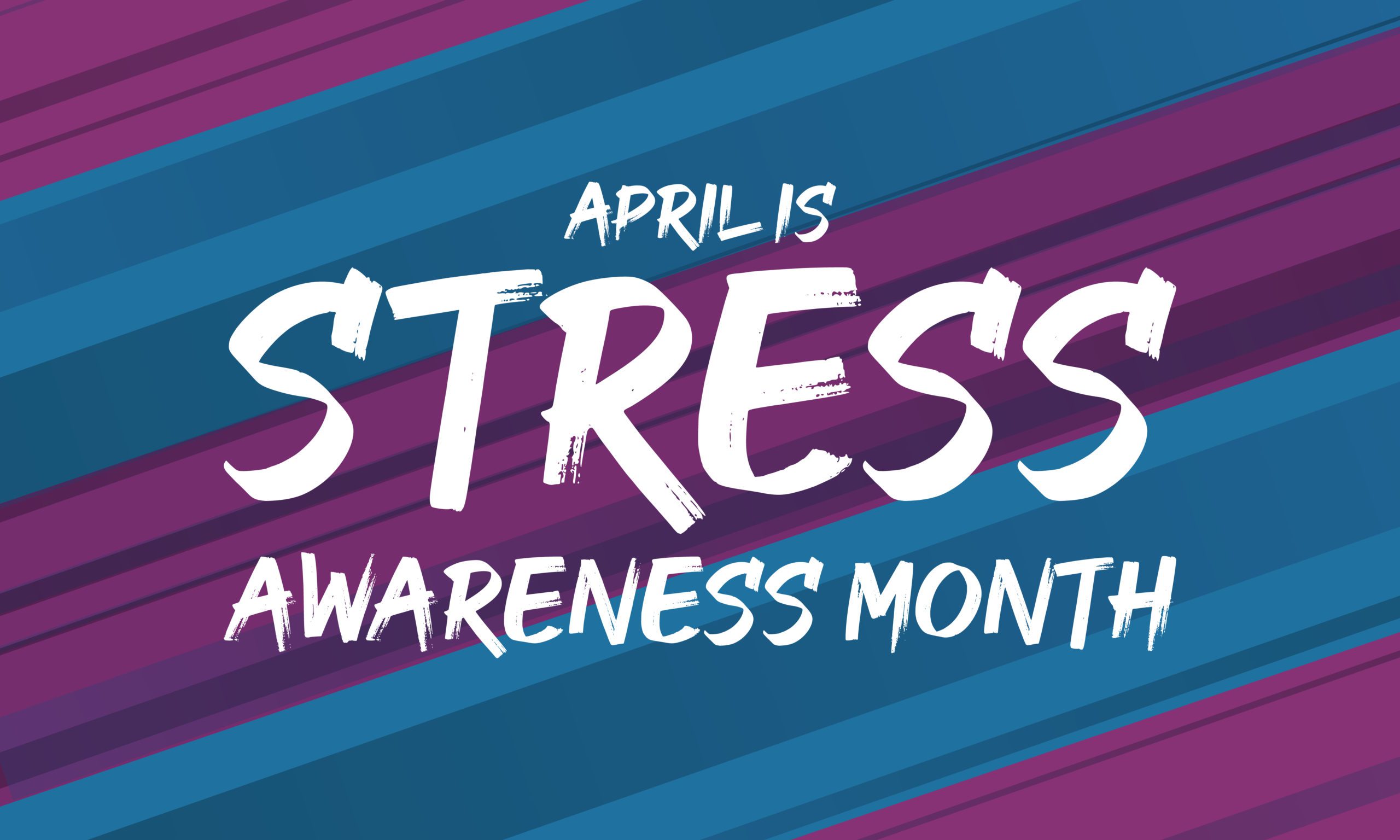Conflicting data highlight the need for personalized stress strategies.
Key points
- Men and women show distinct stress responses, shaped by HPA axis, brain regions, and neurotransmitters.
- Cortisol variability and neural degeneracy highlight the complexity of stress across sexes.
- Cognitive approaches suit men; emotion-focused strategies better support women’s stress management.
Current data suggest men and women may experience stress differently, highlighting the need for personalized stress management strategies.
Stress and the HPA Axis in Men and Women
The hypothalamic-pituitary-adrenal (HPA) axis, central to stress responses, triggers cortisol release to prepare the body for threats.
Earlier studies in humans suggested that adult men exhibit stronger acute HPA and autonomic responses compared to adult women.1 However, more recent research in rodents reveals that female rodents show more robust stress-related HPA responses.2 Despite this, researchers propose that the HPA axis may be less central to stress regulation in females than in males. This hypothesis is supported by findings that, even after the adrenal gland is removed in rodents, females continue to display stress-related behaviors during testing, unlike their male counterparts.3
Stress responses vary, with some studies showing higher cortisol in women and others in men, reflecting their complexity.4–9
Stress and the Brain
Stress affects the brain profoundly, with potential sex-specific differences in neurotransmitter activity, synaptic plasticity, and the risk of neurodegeneration.10
One generalization is that men tend to stimulate the ventromedial prefrontal cortex (vmPFC) more than women under stressful conditions. This region is involved in emotional regulation and decision-making. In many but not all studies, women showed higher responses in the limbic system, which is responsible for the generation and amplification of emotional responses.11 One study showed that the hippocampus is less involved in adaptive responses to stress in women than in men.11
Animal studies also point to possible neurochemical differences. For example, some studies show that glutamate, dopamine, and serotonin are implicated in brain remodeling in men but not women. Other studies show that estrogen in females reduces brain sensitivity to GABA (gamma-amino-butyric acid), which can be important in anxiety reduction.12 And another study indicated that regulating CRF (corticotrophin-releasing factor) neurons by NMDA receptors is not as critical for stress-related behaviors in females as it is in males.13
Epigenetics and Stress Resilience
Emerging research in epigenetics—how genes are expressed without altering DNA—has revealed sex-specific patterns in response to stress.14
Different Responses to Treatments
Whereas some studies of selective serotonin reuptake inhibitors (SSRIs) found no gender difference in response,15,16 other studies have reported differences, including a recent large-scale study by Young et al.17 that reported a better response to the SSRI citalopram by women. Evidence has also suggested gender differences in response to behavioral treatments for depression. For example, one study showed that women with higher pretreatment levels of depressive symptoms had poorer outcomes with cognitive behavioral treatments.18
What Can One Conclude From These Confusing and Often Contradictory Data?
While the lack of consistency of the data is confusing, it is not entirely useless. One may conclude from this literature that there are signals that different physiological, anatomical, neurochemical, and epigenetic factors are at play for men and women under stress. These factors are not well understood, and in all likelihood, several factors may contribute to this inconsistency aside from study design and animal-human differences. The interplay of physiological changes across the lifespan, the unique blend of male and female traits in each individual, the brain’s inherent variability and complexity (neural degeneracy),19 and the multifaceted, nonbinary nature of human biology strongly underscore the need for curated data sets that track individual health variations over time.
Where Can We Begin?
Instead of relying on generalized studies that average data across genders, individuals can take proactive steps to address their stress in ways tailored to their unique needs and tendencies. Here’s how you can begin:
- Track your stress patterns: Monitor your own stress-related signals, such as sleep patterns, mood changes, or physical symptoms, to identify how your body and mind respond to different stressors and interventions. Do not assume that you are the same as all women or all men.
- Incorporate physical activity: For men, physical exercise might be particularly effective for initial stress reduction.20 However, physical activity also significantly benefits women,21 so incorporating movement into your routine while understanding its benefits can enhance overall well-being.
- Experiment with cognitive and emotional approaches: Since men tend to activate thought-control brain regions in response to stress and women tend to activate emotional amplification regions in response to stress, men may benefit from initial cognitive approaches such as identifying and restructuring maladaptive thought patterns, modifying cognitive distortions, and Socratic questioning. Women, on the other hand, would benefit especially from emotion-focused approaches that emphasize emotional awareness (mindfulness), regulation (cyclic sighing), and transformation by helping themselves access and process painful emotions, uncover unmet emotional needs, develop adaptive emotional responses like self-compassion or protective anger, engage in experiential tasks to confront emotional avoidance, and build internal coping resources through compassionate relationships, all within flexible and personalized frameworks.
- Stay open to what works for you: While trends suggest men may benefit more from cognitive approaches and women from emotion-focused strategies, avoid rigidly categorizing yourself. Experiment with various techniques to discover what resonates and brings relief.
Debates about psychiatric diagnoses in men highlight the need to reconsider prevalence data. Still, it’s urgent to focus on women, who face nearly double the rates of anxiety23 and depression,24 make up two-thirds of Alzheimer’s cases,25 and are underrepresented in clinical trials, perpetuating male-centric biases.
Understanding these complexities emphasizes the importance of tailoring stress-management strategies to individual needs rather than relying on generalized approaches.
To learn more about stress, go to stress.org
References
1. Kajantie, E.; Phillips, D. I. W. The Effects of Sex and Hormonal Status on the Physiological Response to Acute Psychosocial Stress. Psychoneuroendocrinology 2006, 31 (2), 151–178. https://doi.org/10.1016/j.psyneuen.2005.07.002.
2. Hodes, G. E.; Bangasser, D.; Sotiropoulos, I.; Kokras, N.; Dalla, C. Sex Differences in Stress Response: Classical Mechanisms and Beyond. Curr. Neuropharmacol. 2024, 22 (3), 475–494. https://doi.org/10.2174/1570159X22666231005090134.
3. Kokras, N.; Dalla, C.; Sideris, A. C.; Dendi, A.; Mikail, H. G.; Antoniou, K.; Papadopoulou-Daifoti, Z. Behavioral Sexual Dimorphism in Models of Anxiety and Depression Due to Changes in HPA Axis Activity. Neuropharmacology 2012, 62 (1), 436–445. https://doi.org/10.1016/j.neuropharm.2011.08.025.




